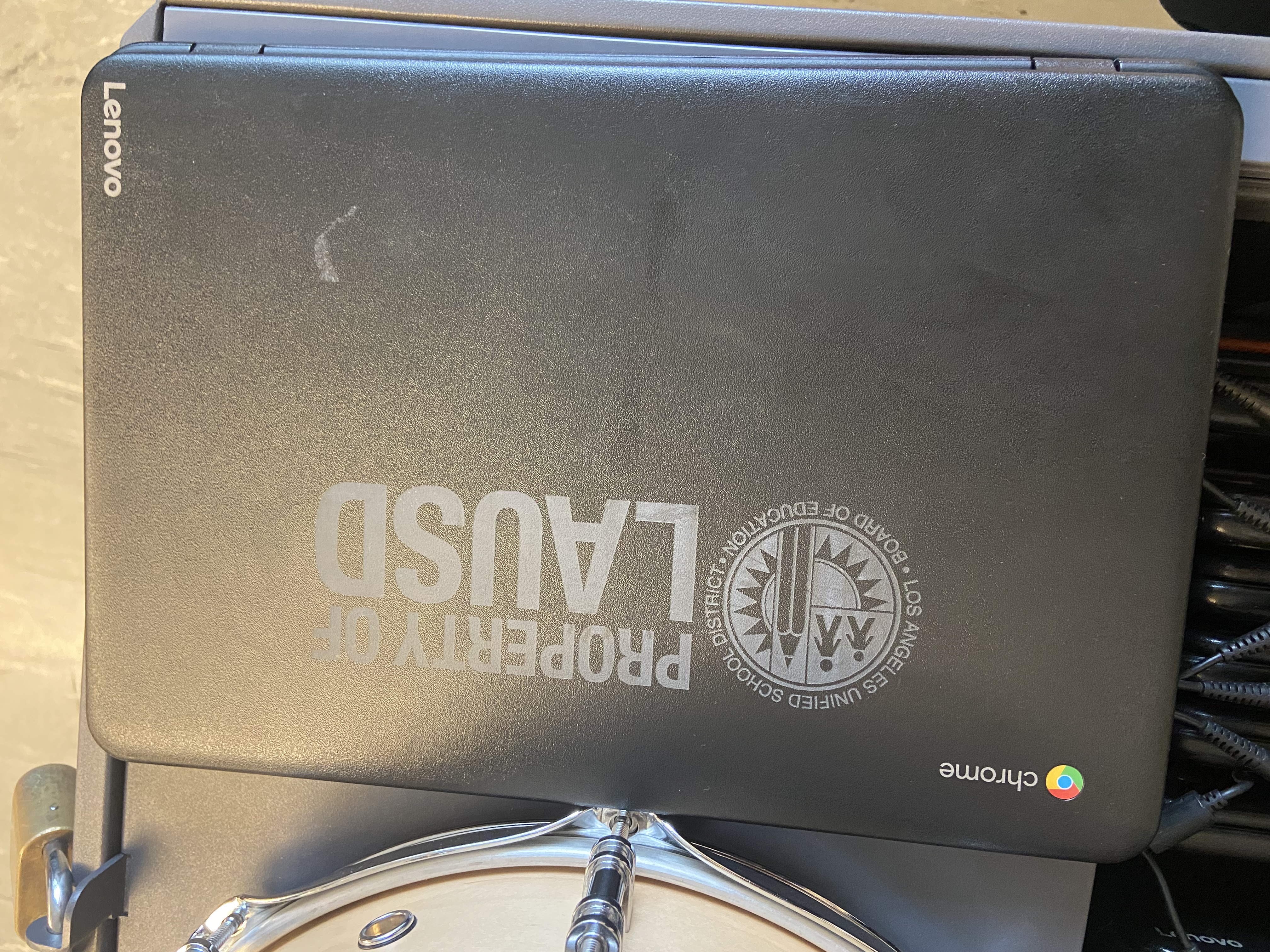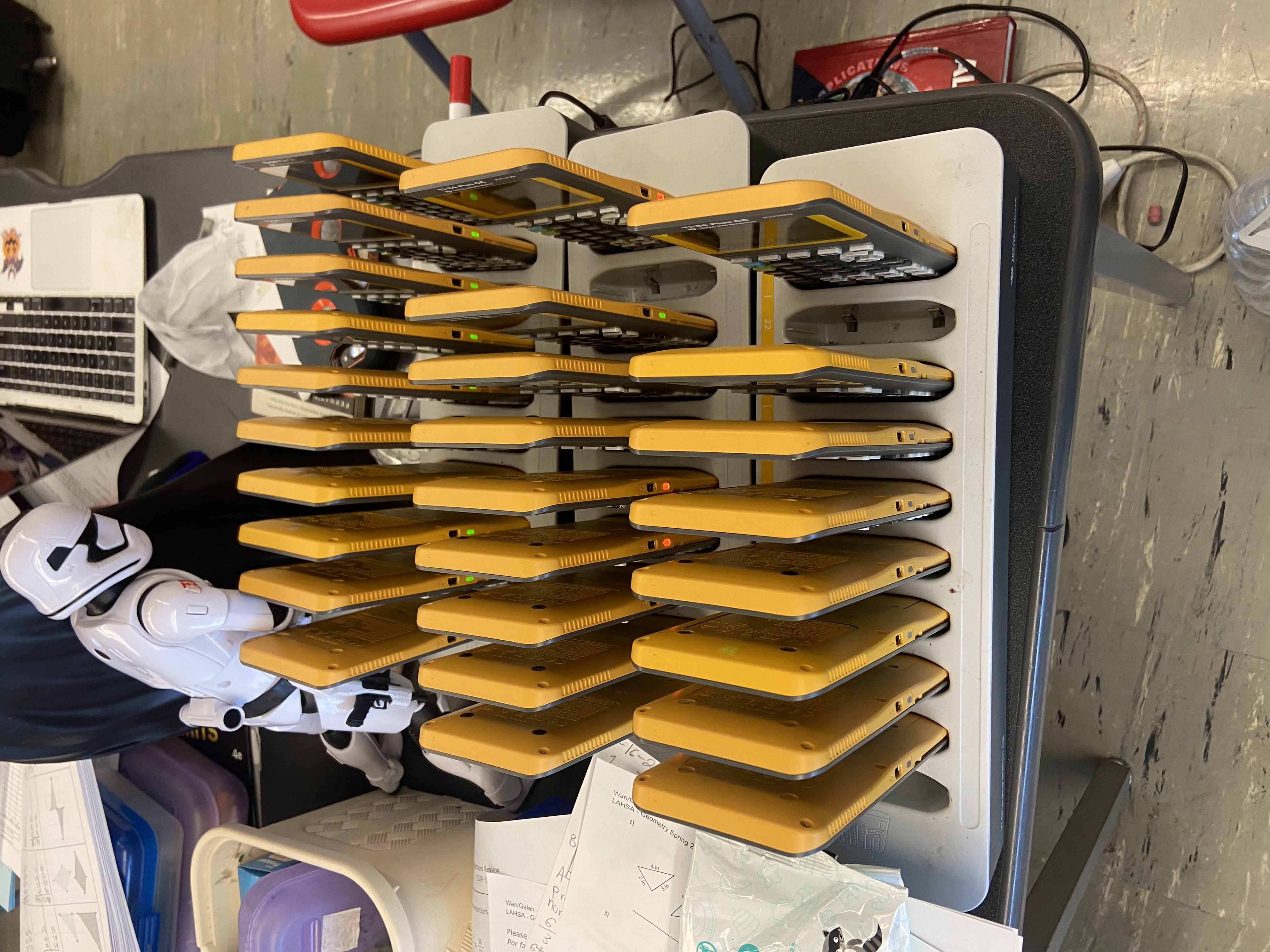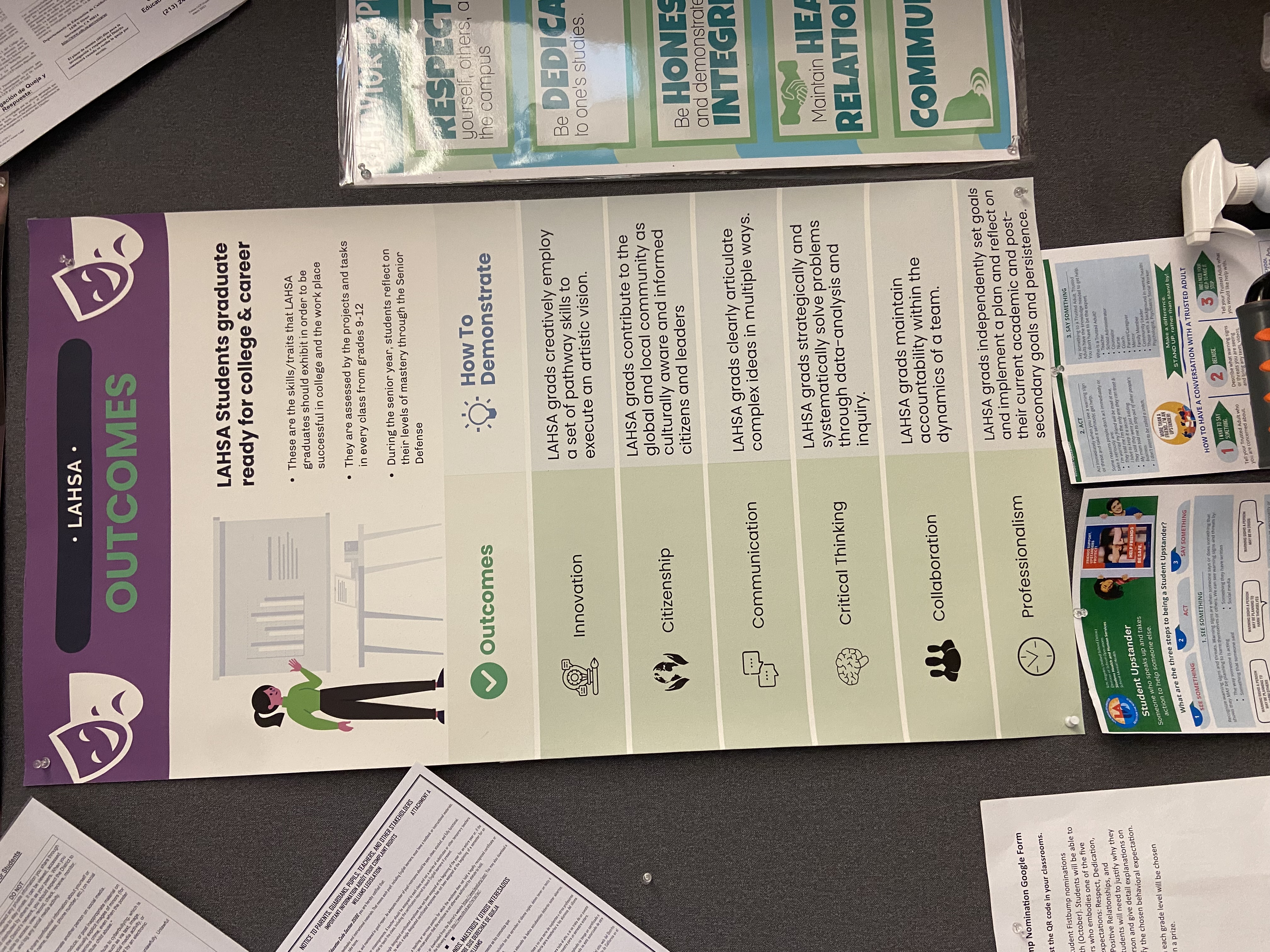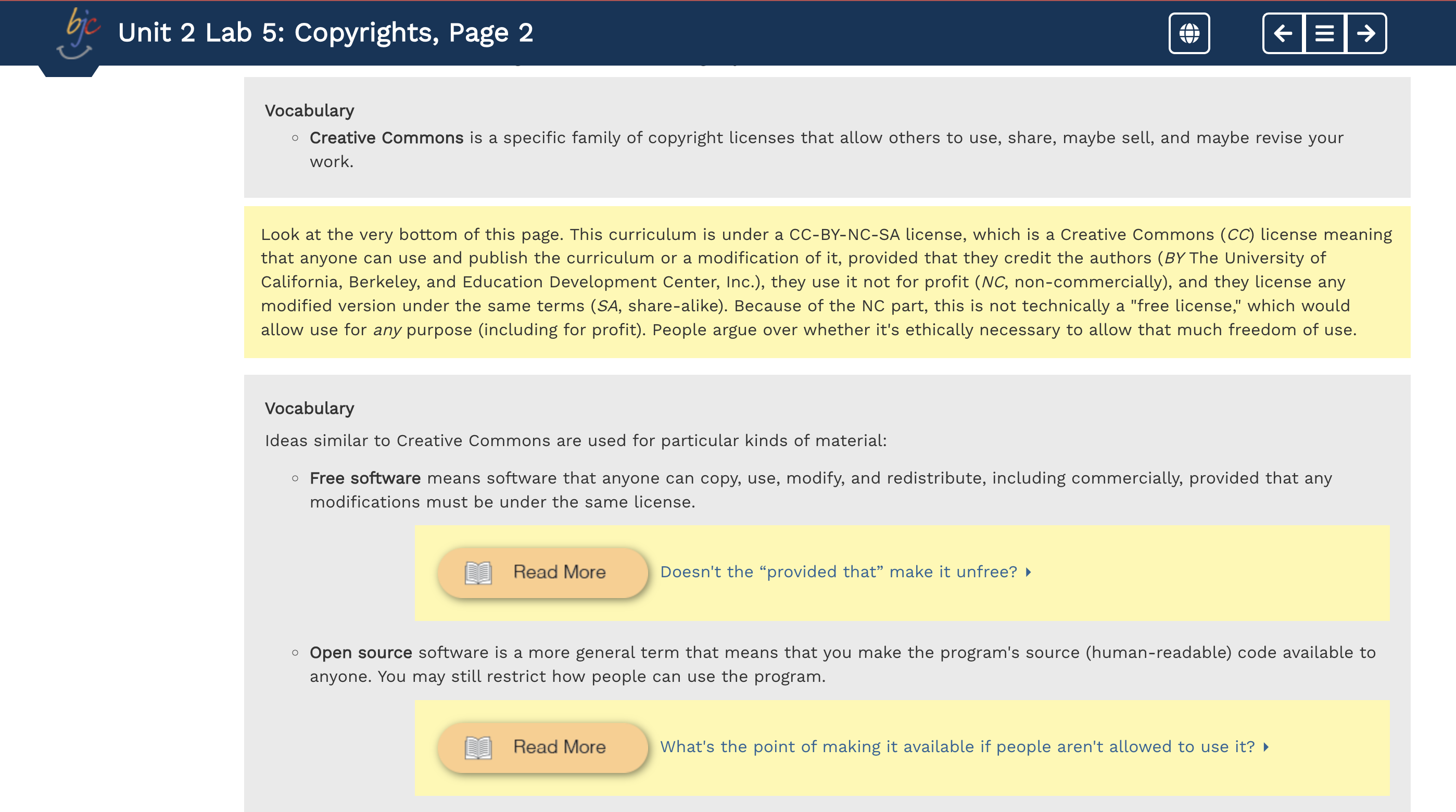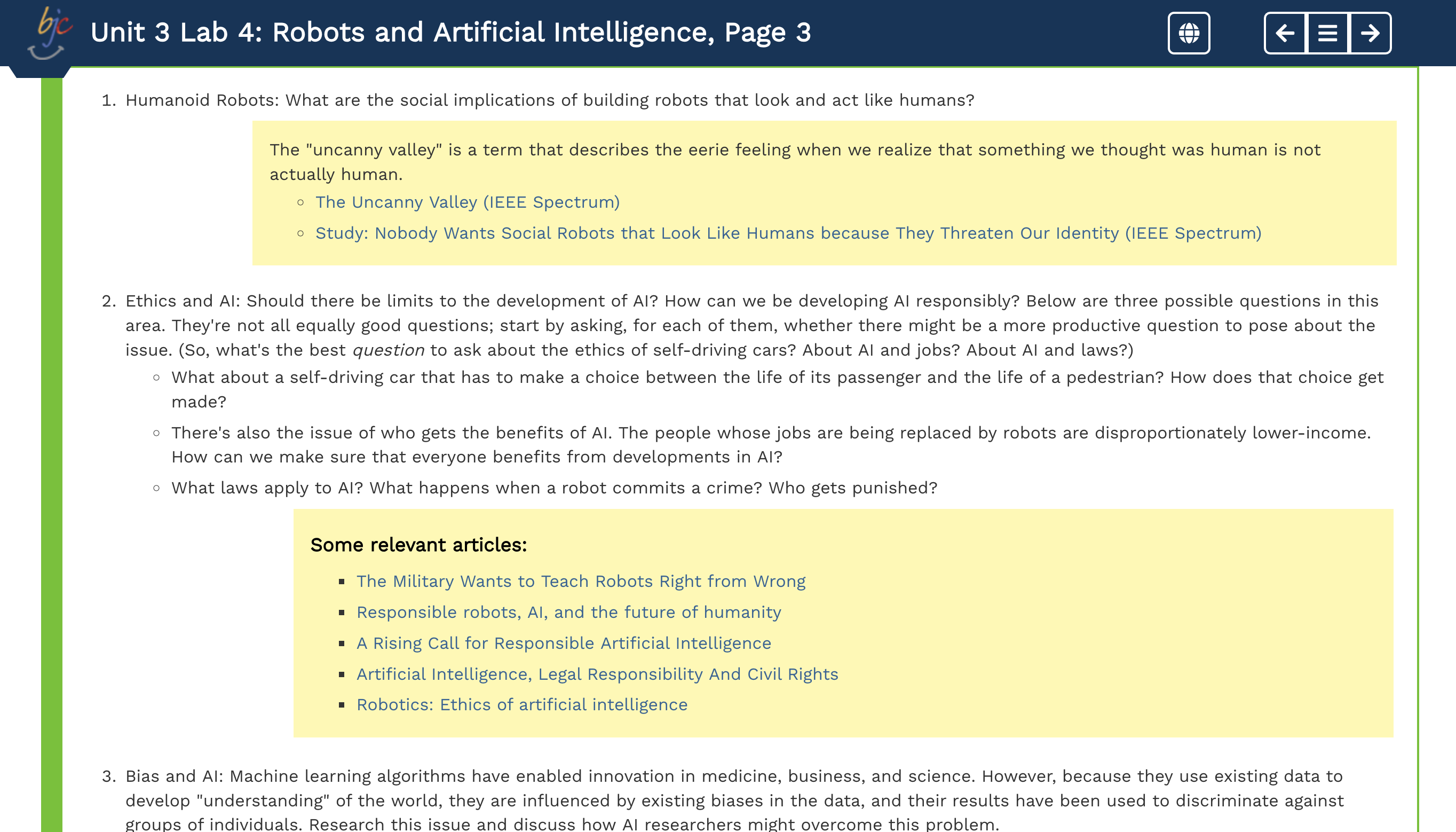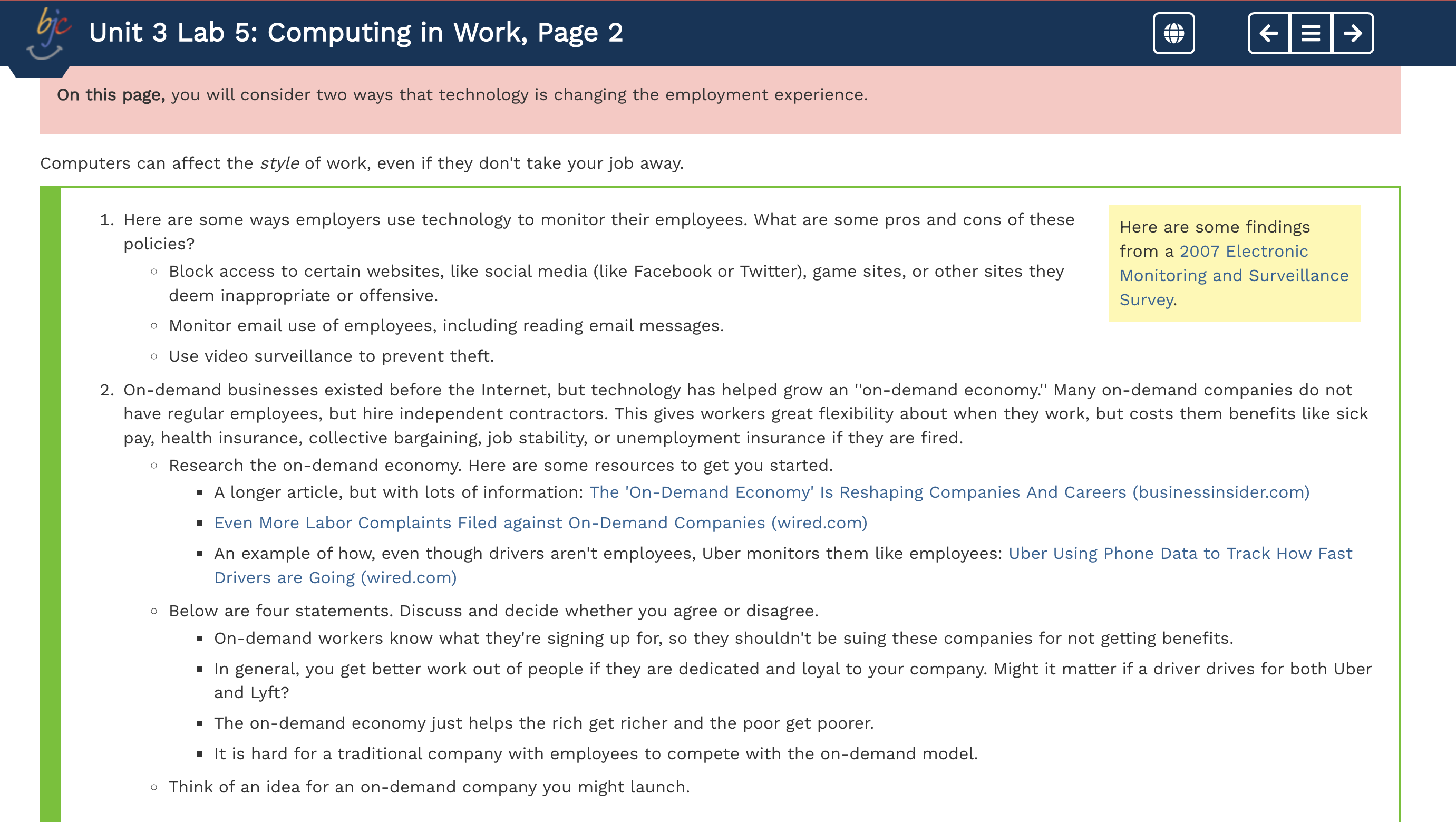Blended Learning Landscape
How Is Media and Information Literacy (MIL) and Information and Communication Technology (ICT) Used at LAHSA?
Some Definitions
The United Nations Educational, Scientific and Cultural Organization (UNESCO) defines MIL as "an interrelated set of competencies that help people to maximize advantages and minimize harm in the new information, digital and communication landscapes". MIL enables people to "critically and effectively engage with information, other forms of content, the institutions that facilitate information and diverse types of content, and the discerning use of digital technologies." ICT is defined as a "diverse set of technological tools and resources used to transmit, store, create, share or exchange information." Such tools include "computers, the Internet (websites, blogs and emails), live broadcasting technologies (radio, television and webcasting), recorded broadcasting technologies (podcasting, audio and video players, and storage devices) and telephony (fixed or mobile, satellite, visio/video-conferencing, etc.)."
Physical Environment
Many classrooms have a set of school-owned Chromebooks that students can use for assignments and exams. However, there are often not enough computers for every student. As a results, some students bring their own computers to school. All the mathematics classrooms have graphing calculators available to students. These calculators can graph functions, calculate one variable statistics, compute probability, and many other important mathematical functions.
LAHSA has several outcomes for their students that are listed on a poster in every classroom. One of those outcomes is "Communication: LAHSA grads clearly articulate complex ideas in multiple ways." Digital and online communication are some ways that this outcome practiced in classrooms. Additionally, LAHSA's citizenship outcome is "LAHSA grads contribute to the global and local community as culturally aware and citizens and leaders." This outcomes includes media and technological awareness, as seen in the projects that students complete.
Classroom Photos: Click to Expand
×
![]()
AP Computer Science
ICT is a crucial part of the AP Computer Science Curriculum. Students learn about and discuss topics such as privacy and personal data, fair use and copyrights, aritificial intelligence, and the effects of technological developments on employment and working conditions.
Curriculum Photos: Click to Expand
×
![]()
AP Calculus
Most of the work for this class does not involve MIL or ICT. However, for the students' final project, they created an "I Can Teach" video. Students recorded themselves demonstrating a topic from the class as if they were teaching another student. The following video is an example from a geometry class (the format is the same):
Please contact the author directly for this video
Geometry
MIL and ICT are much less emphasized in my guiding teacher's three geometry classes. Most of the work is completed with pencil and paper. However, the class occasionally uses desmos.com to construct, transform, and visualize geometric figues.
 Build a shape
Build a shape
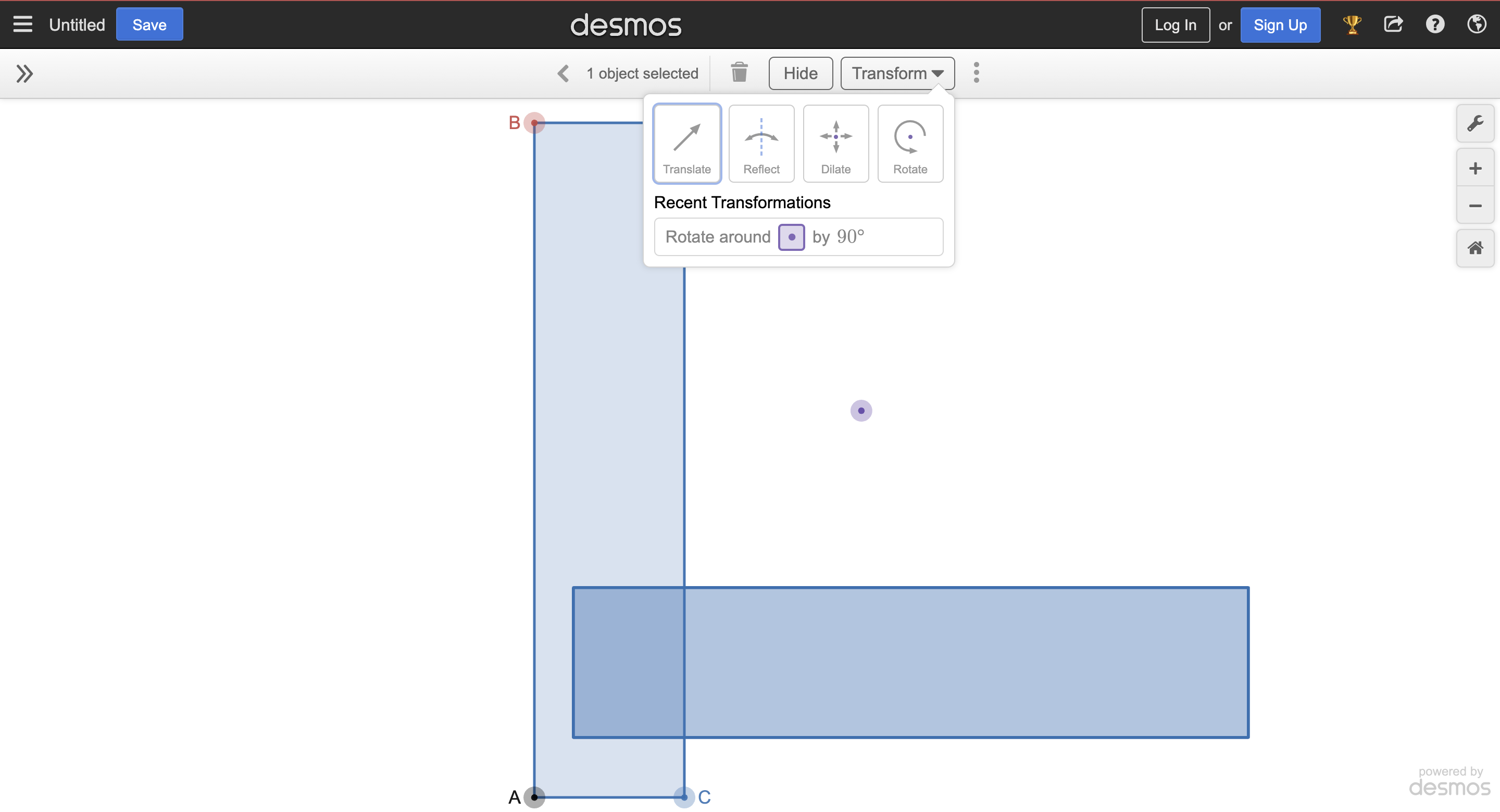 Rotate 90 degrees
Rotate 90 degrees
Conclusion: MIL and ICT is most incoporated into AP Computer Science, where students learn about important topics such as artificial intelligence and privacy laws. However, neither MIL nor ICT is very incorporated into the Geometry or AP Calculus curricula.
Student Interviews
I interviewed several students in AP Computer Science about their views on MIL and ICT. The interviews were done in groups, and consisted of three questions. Here is a summary of their responses.
Interview 1
This interview was with two students, a 12th grade male and an 11th grade female.
- How is MIL and ICT incorporated into your classes?
In English class, we work on interpreting news: what the author is saying and what point he or she is trying to make. In History class, we are using social media to learn about the Israel/Palestine war. Many Western news sources are pro-Israel, so we find pro-Palestine sources on social media. This helps us get perspectives on both sides of the issue.
- What ways do you use MIL and ICT outside of school?
We don’t really use either skill outside of class. However, we use MIL when looking at news. For example, there is a difference between how many people are “killed” and how many people are “dying”. We notice subtleties in language differences between sources. On social media, we are very cautious about where the sources are coming from. We see a lot of news on the Israel/Palestine war, the BLM movement, and immigration.
- How could teaching MIL and ICT be improved at LAHSA?
We would like more examples of fake and real news. Also, we notice that even credible sources like BBC and CNN will get the facts right but have a bad interpretation. We would like more examples of fake and real news on Youtube and other social media platforms (Instagram, Tiktok). Also, more information on what makes online sources reliable would be helpful.
Interview 2
This interview was seven 12th grade females.
- How is MIL and ICT incorporated into your classes?
We have been given an acronym for verifying if a source is good: CRAAP. It’s a five step process, but we don’t remember it very well. We’ve used it when working on essays and research projects. We use technology for résumé building, like Google docs. We’ve also used Google slides to make presentations, Canva for infographics, Google spreadsheets, and Google forms for surveys.
- What ways do you use MIL and ICT outside of school?
We use MIL and ICT for homework, like essays and research papers. We use this site called Cornell Notes. For news, we use social media and Apple. Some students use the skills from AP Computer Science to make their own projects at home. We use ICT for applying for internships and scholarships. For example, I had to research a policy/law I would change for a scholarship essay, which I did on recent California gun laws.
- How could teaching MIL and ICT be improved at LAHSA?
Some of us have trouble understanding the concepts from AP Computer Science, such as loops and broadcasts. I wish we had more examples. I would also like more individualized opportunities to ask questions. I would like in-depth definitions for MIL and ICT terms, as well as explanations on why they are important. When given a project, I would like more examples. In general, we would like assignments that introduce us to new technology that we can use outside of school. The more variety, opportunities to explore new technology, and ways to be creative, the better.
Conclusion: Students use MIL and ICT both inside and outside of the classroom, even if they are not aware of it. Many students are aware of why MIL and ICT are important for their future careers and overall well-being. In general, providing more examples of technical terms and class concepts may be helpful for some students.
Teacher Interviews
I interviewed two teachers on how they work with MIL and ICT. Here is a summary of their responses.
Interview 1: Ms. Kim (12th Grade English, ELD 3 & 4, Journalism/Yearbook)
- How do you incorporate MIL and ICT into your classroom?
I do a unit on critical media literacy, where we analyze films and TV shows. The three categories of this unit are race, sexuality, and gender. We determine if a character is a problematic, authentic, or nuanced representation of the identities that he or she represents. We’ve analyzed films such as Get Out, Knives Out, and Legally Blonde. Sometimes it’s difficult determining what the students will be interested in because they are very influenced by social media trends. For example, my students from last year really liked the show Shameless, but the students from the year before weren’t interested in it at all.
- What is most difficult about teaching MIL and ICT?
Social media trends can be difficult to handle. You don’t want to always be fighting against them, but going with them is not always a good thing. Determining if trends are good or bad can be challenging.
- How does LAHSA view and/or support MIL and ICT? What could be improved?
There are a lot of real world opportunities for students to develop their media literacy skills. For example, the CTE (career and technical education) teachers work with production companies to offer internships to our students. Ms. Kwan (the school principal) provides a lot of resources for my journalism/yearbook class. For example, we are using a tool called Exponential Destiny to make an online yearbook.
Interview 2: Ms. Huynh (US History, Economics, Government)
- How do you incorporate MIL and ICT into your classroom?
My class is doing a research project on Instagram on identifying credible sources. Good sources on social media should provide links to their sources, and those links should go to reliable websites. We also work on distinguishing between real and fake videos, and identifying how current a source is. Additionally, an indicator of a reliable news source is how many followers the account has, and who those followers are. We are also working on analyzing primary sources. We consider factors such as the context, intended audience, and author’s purpose and point of view.
- What is most difficult about teaching MIL and ICT?
It can be difficult to work with controversial topics. There are many bad narratives created by news sources, but if the students’ parents believe those narratives, convincing the students otherwise can be very hard. Also, it's not great to get news on social media sites like Instagram, but since the students do, that’s just something I have to work with.
- How does LAHSA view and/or support MIL and ICT? What could be improved?
Ms. Kwan really pushes for awareness on media issues, such as cyberbullying. Our school as a whole is not really textbook heavy, so I feel like that allows our students to have more relevant materials. However, not having a textbook is a lot more work for teachers.
Conclusion: Teachers at LAHSA are well aware of the importantance of MIL and ICT, and work hard to incorporate relevant examples into their teachings. LAHSA seems to support its faculty in helping students develop MIL and ICT skills. Navigating social media and the issues of biased news is sometimes challenging.
Unanswered Questions
- How can MIL be more incorporated into mathematics classes (mainly Geometry and AP Calculus)?
- How can teachers plan ICT lessons while minimizing potential distractions (ei. playing games on the computer)?
- How can we demonstrate to students that MIL/ICT skills are relevant towards their everyday lives? For example, the students in interview one said that they did not use MIL/ICT skills outside of school, but then proceeded to name several ways that they use such skills (ei. determining the credibility of the news they see).
You can find my reference page here.

